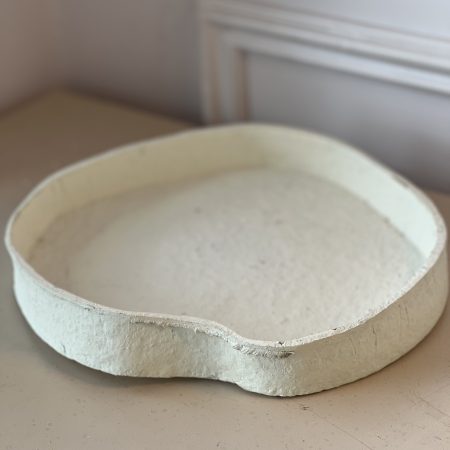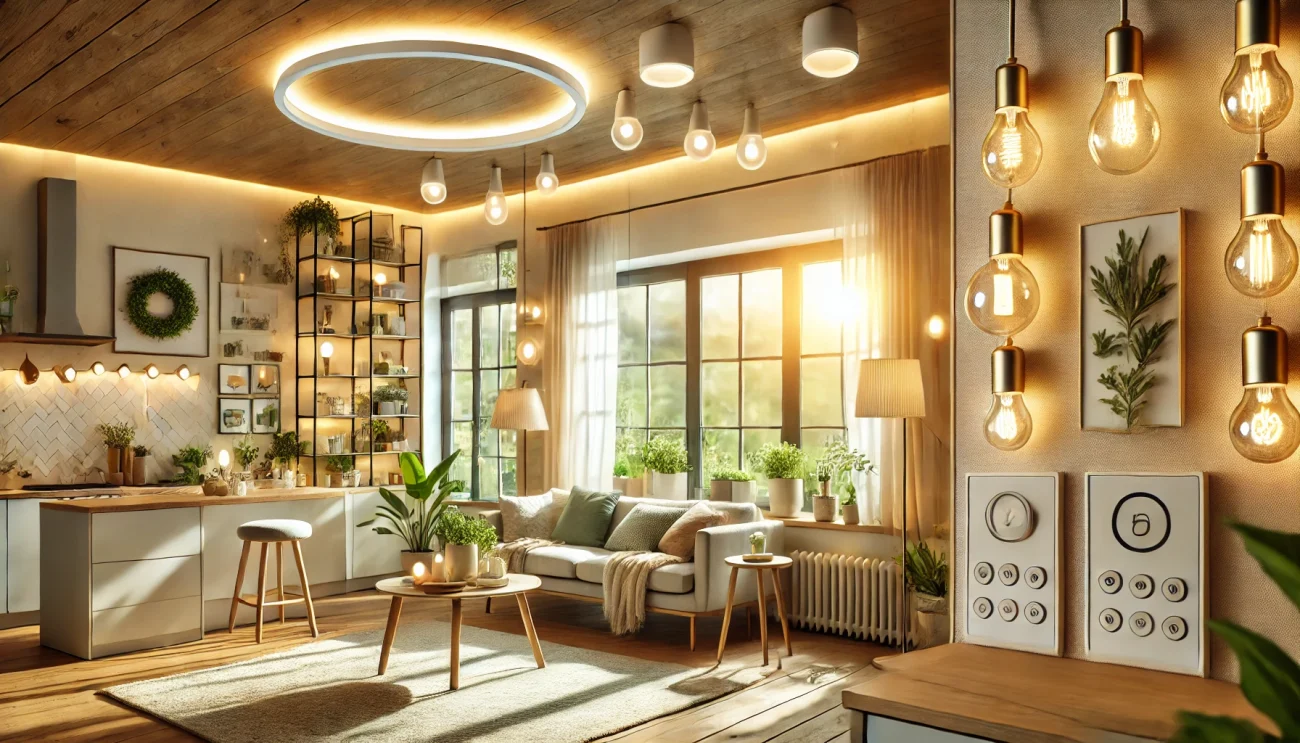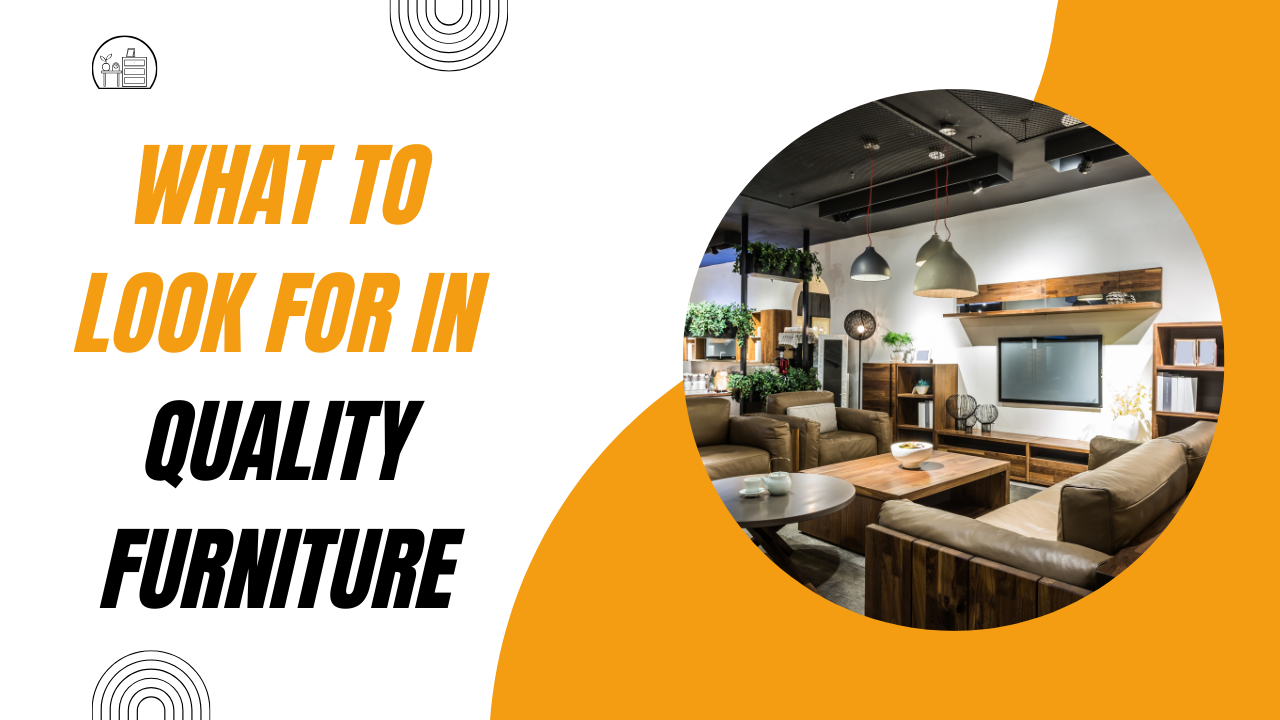Save Money! Energy-Efficient Lighting Tips for Your Home
Looking to save money while making your home greener? One of the easiest and most effective ways to cut down on energy use—and lower your electricity bill—is by switching to energy-efficient lighting. Lighting can account for a significant portion of your home’s energy consumption, so making a few changes can lead to big savings. Here’s a roundup of some practical tips to help you make the switch to energy-efficient lighting.
1. Choose LED Bulbs
If you haven’t switched to LEDs yet, this is your first step. LED (Light Emitting Diode) bulbs use at least 75% less energy than incandescent bulbs and can last up to 25 times longer. While LED bulbs may have a higher upfront cost, they’ll more than make up for it with the savings on your energy bills and their long lifespan. LED bulbs are available in various color temperatures, from warm to cool, so you can pick the one that best suits each room’s purpose and ambiance.
2. Consider Smart Lighting Systems
Smart lighting is not only convenient but also energy-efficient. Many smart lighting systems allow you to control your lights remotely through a smartphone app, set schedules for when lights should turn on and off, or even adjust brightness levels. Some smart bulbs are equipped with sensors that turn lights off when a room is empty, further reducing energy waste.
3. Use Task Lighting
Instead of flooding an entire room with light, consider using task lighting. For example, use a desk lamp when working, reading, or writing rather than relying on overhead lights. In the kitchen, under-cabinet lighting can provide ample light for food preparation without lighting up the whole room. By focusing light only where it’s needed, you’ll reduce overall energy use and create a more comfortable environment.
4. Go for Dimmer Switches
Dimmer switches offer more control over your lighting, which can help lower energy consumption. Lowering the brightness level reduces the energy used by the bulb, and it also extends the bulb’s life. Make sure your bulbs are dimmable, as not all LEDs work with dimmers, and some may flicker or hum.
5. Maximize Natural Light
Harnessing natural light is a simple, free way to brighten your home. Open up blinds and curtains during the day to let in sunlight instead of turning on artificial lights. Placing mirrors strategically around the house can help bounce natural light deeper into the room, making the space feel brighter without any added cost.
6. Use Timers and Motion Sensors
If you frequently forget to turn off lights, timers and motion sensors can be a great addition to your home. Timers automatically turn off lights after a set period, and motion sensors detect activity to turn lights on or off. These are especially useful for outdoor lighting, closets, garages, and other areas where lights don’t need to stay on constantly.
7. Optimize Light Placement
Think about where you place your light fixtures and lamps. A well-placed light can make a room brighter without the need for multiple fixtures. For instance, ceiling lights or wall sconces can illuminate a larger area. In the living room, placing a lamp in a corner can help reflect light across two walls, creating more light coverage with fewer fixtures.
8. Recycle Old Bulbs Properly
When transitioning to energy-efficient lighting, don’t forget to dispose of your old bulbs properly. Many older bulbs, like CFLs (compact fluorescent lamps), contain mercury and should not be thrown away in regular household trash. Look for recycling centers or programs in your area that accept used bulbs to ensure proper disposal.
9. Experiment with Color Temperature
Choosing the right color temperature for each space can help set the mood and make the most of your lighting. For example, cooler white light (5000K) is ideal for workspaces like kitchens and offices as it mimics daylight, while warmer white light (2700K-3000K) is great for bedrooms and living areas, creating a cozy, relaxed atmosphere. Finding the right balance of color temperature across your home can make rooms feel brighter and more inviting.
10. Prioritize High-Traffic Areas
If switching all your lights to energy-efficient options at once isn’t feasible, prioritize high-traffic areas first. Focus on rooms where lights are used most frequently, such as kitchens, bathrooms, living rooms, and outdoor areas. This approach can maximize savings without the need for a complete home overhaul.
Upgrading your lighting to more energy-efficient solutions doesn’t have to be overwhelming or costly. Start with small changes, like replacing your most-used bulbs with LEDs, and gradually work your way through the house. The benefits of energy-efficient lighting go beyond saving money—they’re better for the environment and help reduce your carbon footprint. By making these changes, you can enjoy a brighter, more sustainable home and see a difference in your monthly energy bills.




